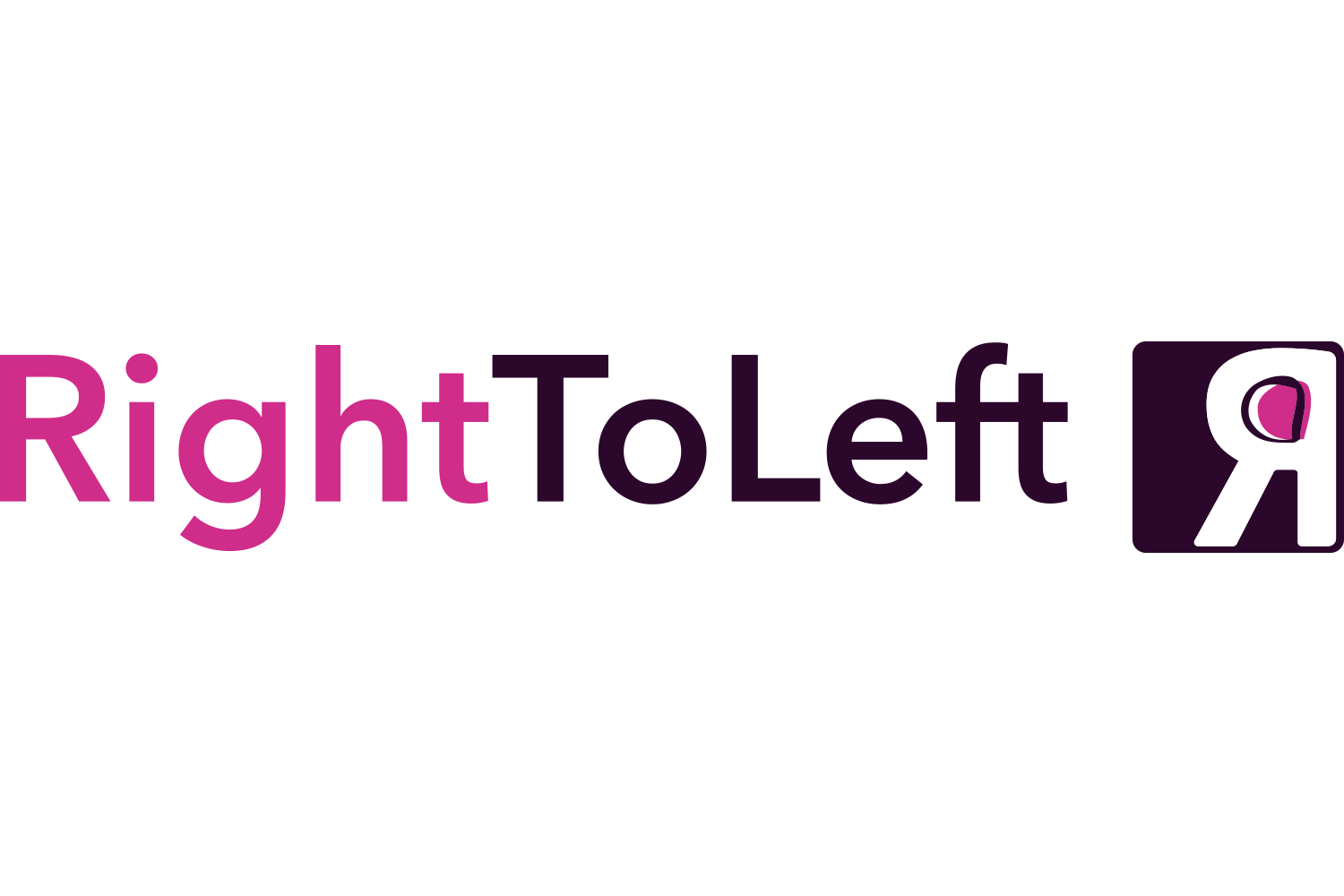The Agile Illusion
I expect most people reading this now would say “We are agile”. The nasty truth is that very few companies are agile, it is a big illusion, and it is stalling your company and your growth. Companies that are agile stand out above the others with innovation and market share.
The Agile Illusion is dangerous as it allows companies to be complacent and believe they are doing things the best way. The Agile Illusion stops companies from achieving excellence and damages the potential value creation possible with best-practice product management. The Agile Illusion supports development efforts to result in zero net gain. Innovation and competitive advantage is not created by companies under The Agile Illusion. We need a serious talk about The Agile Illusion.
Product management is the craft of value creation by solving the most valuable problems in the best way. There are two big questions that every product manager has to explore:
What is the next most valuable problem to solve?
What is the best solution to the problem?
Decades of failed waterfall projects have proven that despite enormous levels of analysis, you cannot be sure of the solution until it is in the customers’ hands. Unfortunately, it is rarely straightforward which problems are most valuable. So success can only be achieved by rapid trial and error, as product managers call it, product discovery. But do your strategic planning, project funding and governance support rapid experiments?
What does non-deterministic delivery have to do with The Agile Illusion? Let us explore how most companies decide which problems to solve. Frequently problem solutions are committed to once a year during the budgeting process. It gets written down on a 12-month product roadmap for the C-suite to debate and agree. Then it is pretty much locked in for delivery by “project” delivery teams. I have a few concerns about this:
How do we know we are solving the right problems?
What happens if we find more significant problems?
How do we know the solutions promised are the best solutions and will create customer value?
Is anyone going to review the 12-month plan or will there be high pressure to deliver the plan?
The reality for many companies is, I am afraid, pretty bleak, changing that 12-month roadmap is often an impossible task as senior leaders have likely committed and defended the contents to investors or the board. The process to change the delivery items is long-winded, requiring many meetings and documentation. It is not very agile to change the 12-month roadmap. Agility is not just swapping the priority of user stories every two weeks to feed an engineering delivery sprint. If your organisation feels like this, you are living the “The Agile Illusion”.
It is not all doom and gloom. Some organisations have avoided The Agile Illusion, and these companies get described as unicorns or high-growth stars. You can break free of The Agile Illusion. The playbook to overcome The Agile Illusion has the following:
Focus on outcomes, not features or outputs by setting time-boxed outcome objectives.
Resource cross-functional product teams with engineers, a designer and a product manager.
Empower your product teams to be customer-first, running rapid tests with users and giving your product teams access to customer interaction data.
Give your product teams autonomy to discover and deliver the best solution iteratively.
Oversee the resources invested in high-level outcomes using a regular feedback loop from the product teams.
The critical question is, how will your company start the journey to being genuinely agile and empowering the product function to prosper?

